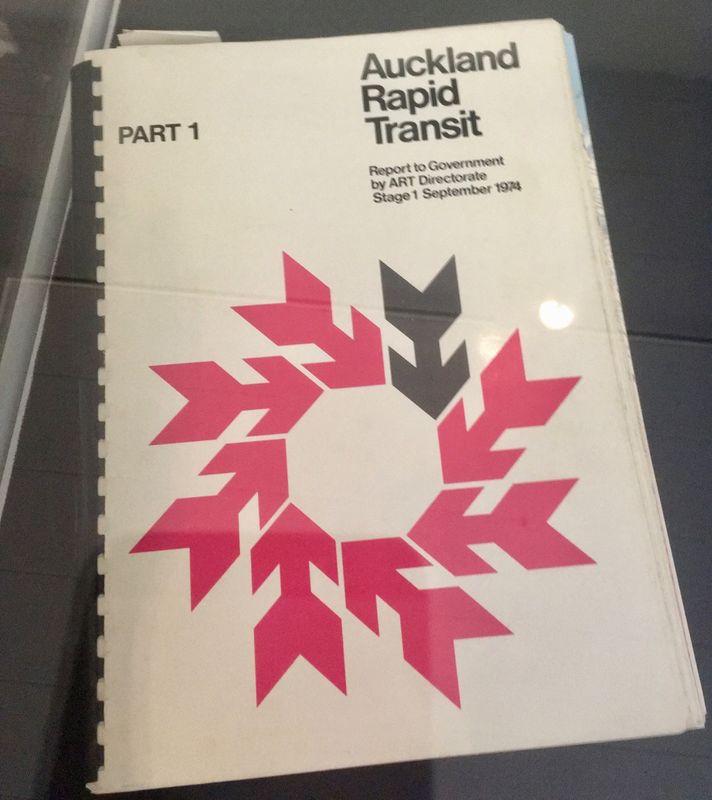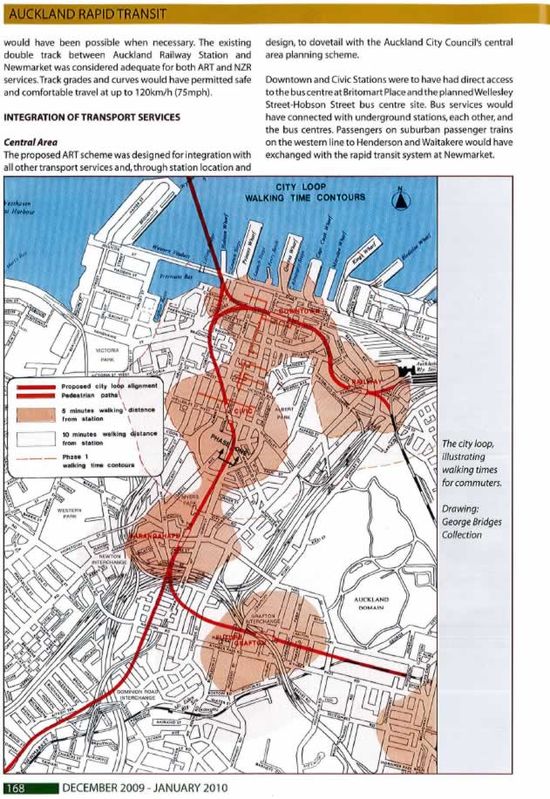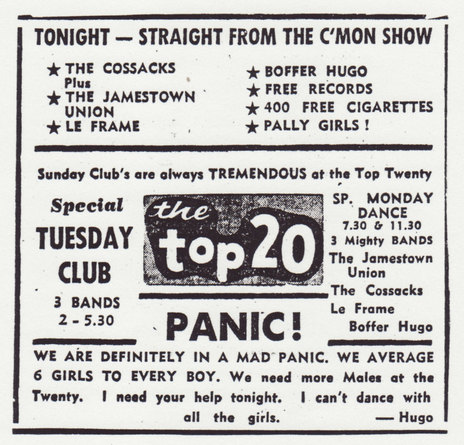The organisers of last Friday's Cannabis Referendum Conference had a specific aim: they wanted to demonstrate that they, as the Cannabis Referendum Coalition, represented a credible, serious and organised campaign for New Zealand's forthcoming vote on legalising cannabis.
They didn't have a lot of money to work with and for some time they weren't sure whether they could fill the room at Wellington's James Cook Hotel. They cut costs by bring their own baking for morning and afternoon tea (no, not that sort of baking). But by the end of the day, they had filled the room and they justifiably believed they'd achieved what they set out to do.
"There are a lot of new people in the room," said Norml New Zealand president Chris Fowlie in his opening remarks, and he was right.
There were Members of Parliament speaking and Ministry of Justice officials listening. There were people from the New Zealand Drug Foundation, which has a practice of putting a careful distance between itself and cannabis activists. There was an economist, academics and a friend of reform from the wine industry. And there were a lot of people who don't actually use cannabis.
Most notably, the coalition's coordinator, environmental consultant Sandra Murray, who told the crowd she's never used cannabis – and also that her first activism, in her early 20s, was for cannabis law reform. There were others – including a few names that might surprise – who no longer use cannabis. Conference organiser (and former Norml president) Phil Saxby is one. They were there for the principle.
There are, of course, others yet whose consumption would more than make up for the non-partakers. Cannabis activism in its familiar forms isn't going away. There was a protest a couple of days later on Armistice Day, to recall the victims of the War on Drugs (which didn't involve smoking but did feature e-bikes) and Dakta Green is set to shake things up again (which certainly will involve smoking).
But the fact that Hikurangi Enterprises founder Manu Caddie could declare on the day's first panel that the importance of winning over "the most conservative voices" meant a different kind of advocacy, one not about "big smokeups outside Parliament any more" and no one took any obvious offence said a lot about the underlying theme of unity in the coalition.
One decision by conference organisers had a strong bearing on the remarkably high signal-to-noise ratio of the proceedings. You know how sometimes a few people at public events tend to turn their questions from the floor into lengthy speeches, or get fractious with speakers on stage? Cannabis activism can be like that to a factor of 10. On Friday, delegates were asked to pop their written questions into a basket on the front table. It was a game-changer.
That first panel was about lessons learned from medicinal cannabis advocacy. Rebecca Reider, the first New Zealander to win the right to indiviually import prescribed cannabis products (it didn't last), noted the generally positive of media to her battle and observed that "finding ways to keep the media engaged is going to be important."
Shane Le Brun of Medical Cannabis Awareness NZ reported a less positive experience with the political process. The key lesson he'd learned, he said was: "Don't trust politicians."
"I agree with everything everyone's said," responded Chloe Swarbrick MP, "including that you can't trust politicians."
She, too, talked about mainstreaming the campaign and welcoming "voices that aren't usually heard in this space," including Grey Power.
She said that among politicians, "there's a presumption of conservatism" in the electorate "that I don't think really exists", and that she'd decided to wade into the broader issue of drug law reform because of the continuing surge of synthetics deaths. "I wouldn't be able to sleep at night if I didn't."
Shortly afterwards, she tweeted:
It’s grossly irresponsible to pretend cannabis doesn’t come with any harm, or that its legalisation will be some silver bullet. But we have to realise harm presently is increased under a prohibitionist model that shuns responsible regulation.
Let's talk about Chloe. Had she, in an alternative universe, won the Auckland mayoralty – or simply decided that politics wasn't for her – there would be a gaping Chloe-sized hole in the Parliament. Her discipline, frankness, networking and nerdy ability to absorb and articulate the detail is going to be critical to any kind of drug law reform for as long as she's an MP.
For the first, and not the last time, the question of a not-for-profit-at-retail regulatory model came up. Many longtime activists are much keener on this idea than is generally recognised. Or to put it another way, they're possibly more concerned about Big Cannabis than you are. Manu Caddie said that as a prospective producer, he would be happy with that – and also liked the Canadian move to allow for small producers.
There was general agreement that the Ministry of Health, which has handled the medical cannabis legislation, was under-resourced and sometimes obstructive.
"Labour," sighed Rebecca Reider, "have let the Ministry of Health run the show."
A Labour MP was up on the next panel: Greg O'Connor, along with New Zealand Initiative economist (and best-dressed man in the room) Eric Crampton.
O'Connor, a police sergeant before his 21-year tenure as president of the Police Association, said that in his experience, cannabis had never really been a big deal for police. (There were a few rumblings in the audience when he characterised the police approach in recent years as one of de facto decriminalisation, but more of that later.)
"You get to a stage where the illegality causes more harm than the drug," he said, concluding that "Whatever we do, it must deal with supply. If we're going to do this, let's do it properly."
Crampton fretted that an excess of caution in pursuit of a referendum question most likely to pass could result in result in a proposition that was "far too conservative".
He commended Canada's legalisation model, which defined "a national framework allowing for local variation." I wasn't so sure about his view that regulation here would be as simple as crossing out the word "alcohol" in liquor regulations and substituting "cannabis". It would be nice to think we could do better than we've done with alcohol.
I put that to Chloe Swarbrick while we waited for another Labour MP, Ginny Anderson, to arrive (she'd been delayed helping a constituent) for the panel I was moderating and she agreed.
The Act Party, National's Chris Bishop and New Zealand First's Jenny Marcroft had all been invited and sent their apologies, so it was just me and the two MPs for the unusually long running time of 90 minutes. And it was great. They were frank, thoughtful and relaxed and I was able to sprinkle in some good questions from the floor. Their desire for an effective public engagement process and concerns about big business capture seemed widely shared in the room.
Both MPs believed there was still time to run the referendum along with next year's local body elections (the alternative is as part of the 2020 general election). I genuinely don't think so. No engagement and information process can start until it's funded in Budget 2020. There's certainly not the time for the optimum process – asking the public to vote up or down on a fully worked-up new bill – even given the Drug Foundation's useful contribution of a model cannabis law.
I suspect any affection for a 2019 date is more to do with the fact that a cannabis question on the ballot would dominate the general election campaign. As much as both MPs would like to see law reform, there are other things to campaign on at a general election. But that's the position the government has put itself in.
They both agreed that it would be nice to see the kind of decent, deliberative conscience politics we last saw with the marriage equality bill. That will take some doing, but there is a fledgling law reform caucus to build on.
We also talked about what I think is one of the key regulatory questions: price. We're used to using price as a public health lever with alcohol and tobacco. But if we're to see regulated natural cannabis as a tool in helping curb demand for synthetics (no one thinks it will actually end synthetics use), setting prices high won't help that. This stuff isn't simple.
It was the first time I've met Ginny Anderson and I was impressed. She has a long record of policy advisory experience, in ministerial offices and subsequently with the NewZealand Police, which I think makes her a good choice to be the point MP on drug reform issues that Labour currently lacks. Justice minister Andrew Little has plenty of other fish to fry and David Clark hasn't made anyone happy with his handling of medicinal cannabis reform as Minister of Health.
Proceedings after lunch were kicked off with a stirring video message from former Prime Minister Helen Clark, emphasising unity of purpose and concluding with the conference hashtag: "Make It Legal".
Manu Caddie returned with Will Ilolahia and Chris Wilson on a panel devoted to Māori and Pasifika perspectives on the referendum. Everyone agreed that the old people in their communities were wary and conservative and would need to respectfully consulted.
"They can see the damage that happens in Māori communities," said Chris.
Manu talked about his background in community work and how he'd helped set up the country's first cannabis cultivation course at EIT in Ruatoria, after Hikurangi got permission to produce hemp. And how his first investors were two kuia who'd pooled their pensions.
“It was for their moko," he said quietly, choking up as he recalled it. "They knew they wouldn’t live to see this industry to fruition, but it was for their kids and grandkids."
He also made the interesting point that New Zealand already has a good brand for a regulated cannabis market – as evidenced by the Canadian producer Maricann's launch this year of its Kiwi brand, offering strains called White Feather (High CBD), Hawke’s Bay (Balanced), Nelson’s Blue (Mid THC) and Flightless Bird (Mid-High THC), described by the company as "playful takes on Kiwi’s New Zealand-inspired name."
It was time then for coalition representatives to talk. Sandra Murray explained the "networked campaign" model, with groups from different regions and communities under the coalition umbrella. The campaign need more people from rural communites and non-Pakeha, and
"There's a shortage of women in the cannabis reform area."
She also emphaised the need for "focus and discipline". As I noted above, she's not a user herself, but she does know about advocacy. The pushback on single-use plastic bags? That was her campaign.
Chris Fowlie addressed a common question: what's Norml's role if cannabis is legalised? "Vigilance," he said, and upholding consumer rights.
Victoria University criminologst Dr Fiona Hutton was up next, and pulled no punches.
"The way we talk about people who use drugs needs to be changed," she declared. "We are all drug users."
Regulating cannabis would not solve the synthetic cannabis problem, she said. People using synthetics were a different kind of user, one that that actually seeks the dissociative effects of synthetic cannabinoids.
"There is no academic evidence for the gateway hypothesis," about cannabis, she continued.
Noting that most drug prosecutions in New Zealand are for cannabis possession, she addressed the "de facto decriminalisation" issue. Although the numbers say that cannabis prosecutions have dropped sharply in the past 10 years, the social and racial biases remain.
"De facto decriminalisation [by police] simply deepens the injustices in the system," she concluded.
I sat in on one of the campaign workshops that followed, which tended to emphasise the point about the diversity in the room. Sitting next to each other were Suzanne Kendrick, a Pakeha community organiser from Grey Lynn who works in the wine industry, and Tipene, who works at NorthTec and whose students had raised the money for him to attend. She's been to California to see what's going on with legalisation. He's been to prison for cannabis supply.
The final job of the conference was to amend as necessary and approve its resolutions (which I've posted in the comments below). For the first time all day, there was a bit of tetchiness, over the resolution proposing a two-part question (one on legalising use and possession, the other on regulated supply), which was retained, and one from the floor calling for the Police to declare a moratorium on cannabis prosecutions, which was not included.
On the former, I find myself less of a conservative than the activists. I think it's too soon to allow for the possibility of decriminalisation without legalisation, which is what the two-part question would effectively do, and there is time yet to go for proposition (if not a bill) with enough detail to reassure voters who want reassuring. I'm personally leaning towards the non-profit-at-retail model, something like cannabis social clubs, which is difficult even for opponents to construe as weed on the high street.
Speaking of opponents – who are they? There will likely be some influential groups against legalisation, depending on the actual question, but the New Zealand Medical Association, for example, isn't going to campaign. The only thing that looks like a "No" campaign so far is Family First, and I'm not sure their brand is going to help. It seems possible that the Cannabis Referendum Coalition might find itself, to use a rugby analogy, in the position of an unopposed maul.
The final act of the day was an articulate and impassioned set of closing remarks from the first MP to actively champion cannabis law reform, and now Whakatane District councillor, Nándor Tánczos. He smoothed any ruffled feathers from the resolution debate and and brought it all back to the key themes of unity, purpose, discipline and justice.
After that, organisers and delegates grinned for endless group photos to mark the day. They looked happy. And they had a right to.
–––
Hi folks. It cost me a bit in travel and accommodation to attend the conference and while the organisers will cover some of that in return for my moderation work, it won't cover all my costs, let alone the time I've spent today writing this up. If you felt so moved, you could chip in a one-off koha, or a few bucks a month ongoing, via our Press Patron account.
I won't be joining the Cannabis Referendum Coalition or any other group, but it would be daft, given what I've written and said for the last 25 years, to deny than I am an advocate of cannabis law reform and evidence-based drug law reform in general. I expect I'll be writing quite a lot more in the next couple of years.





